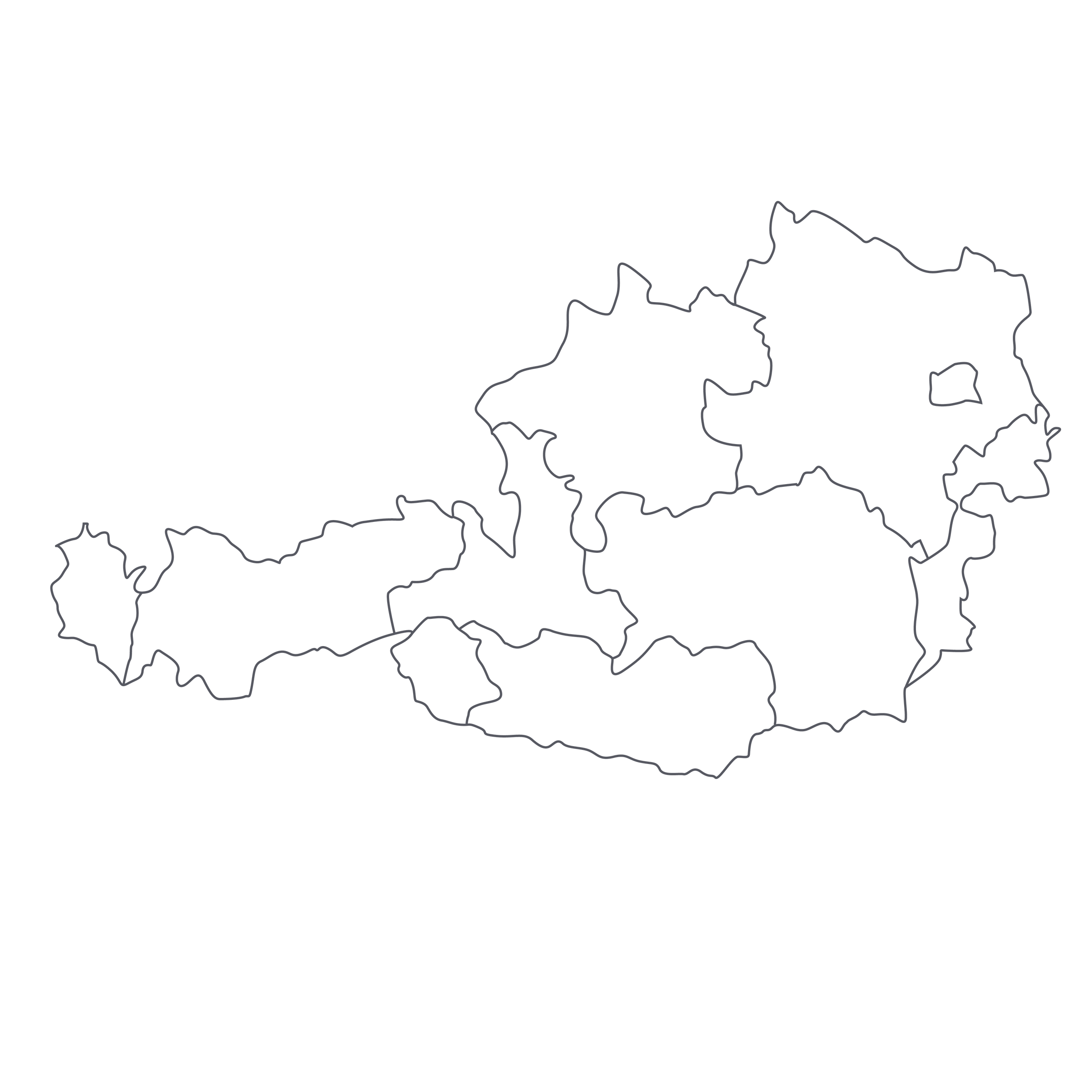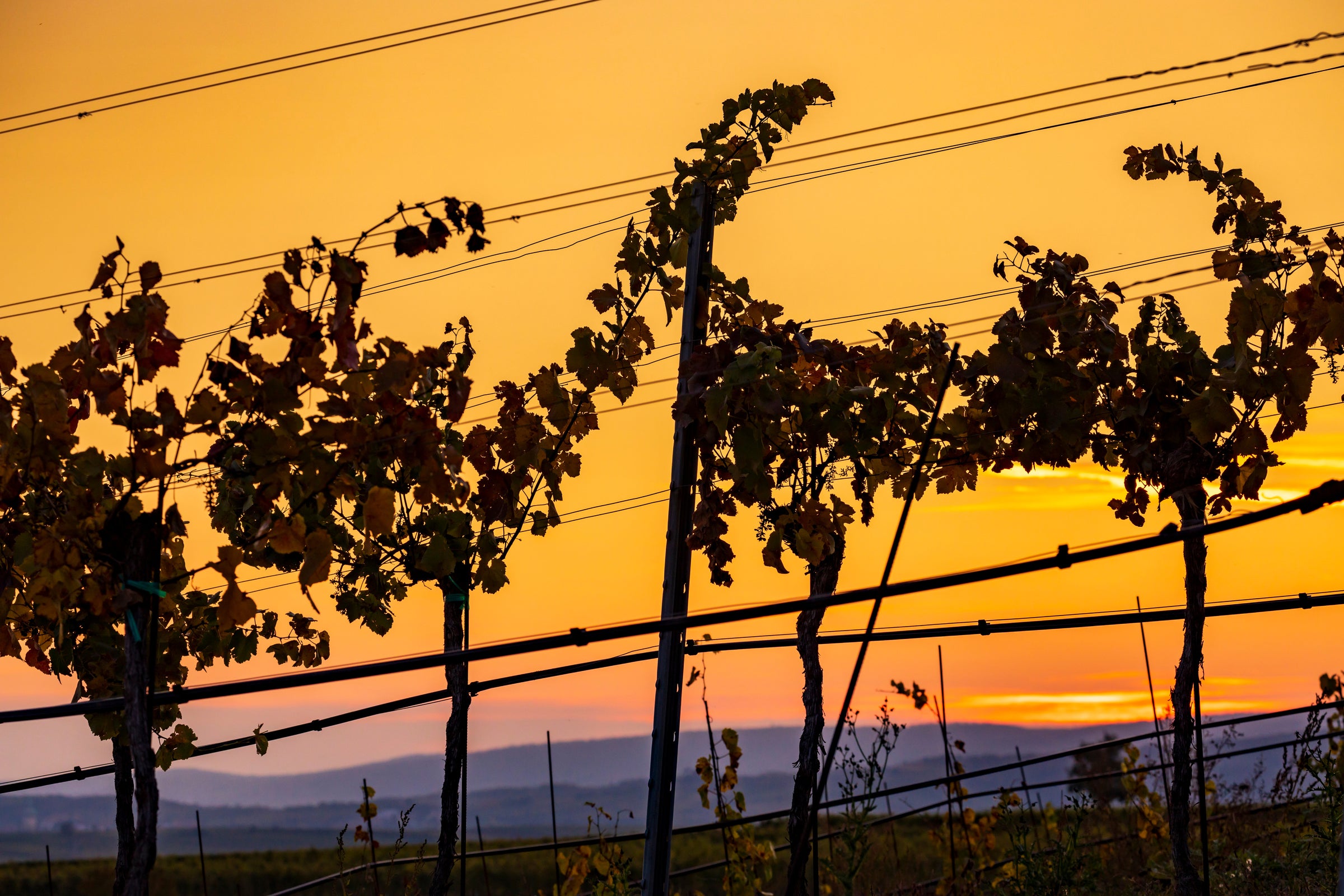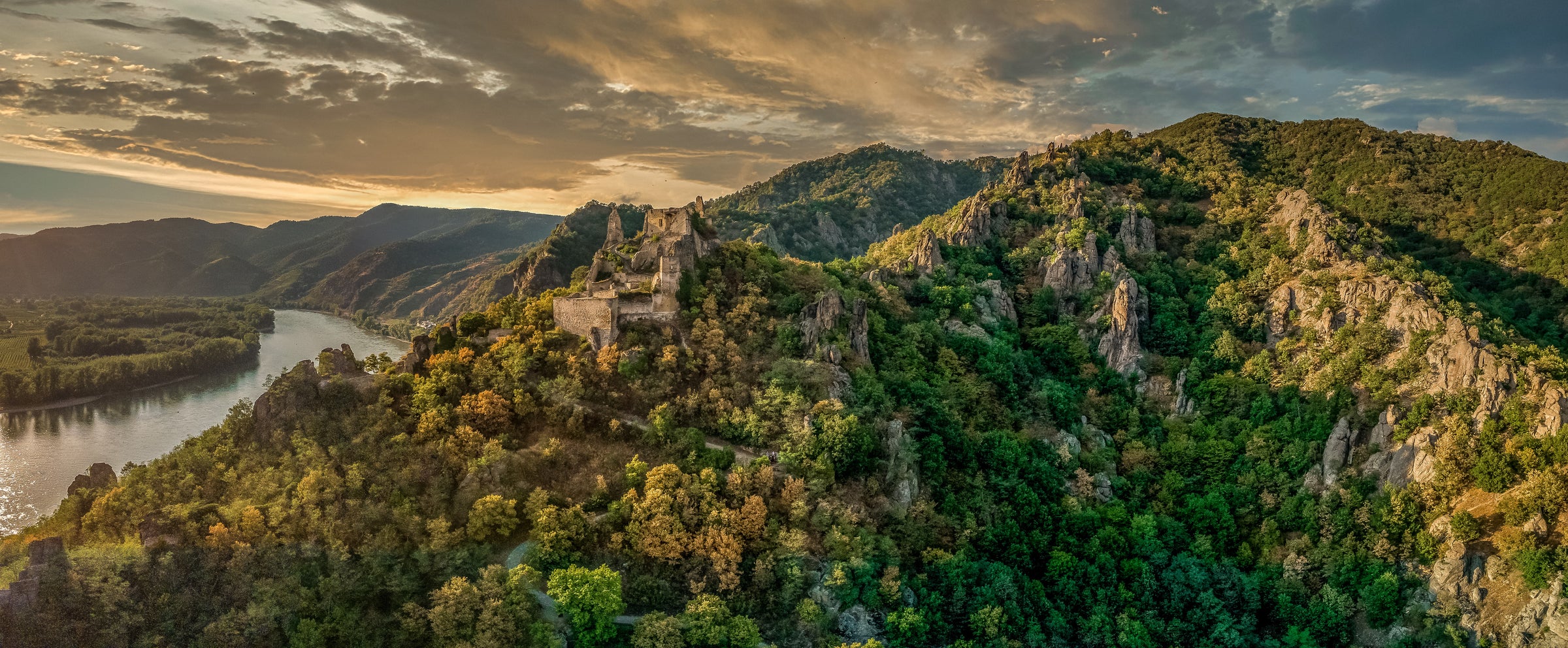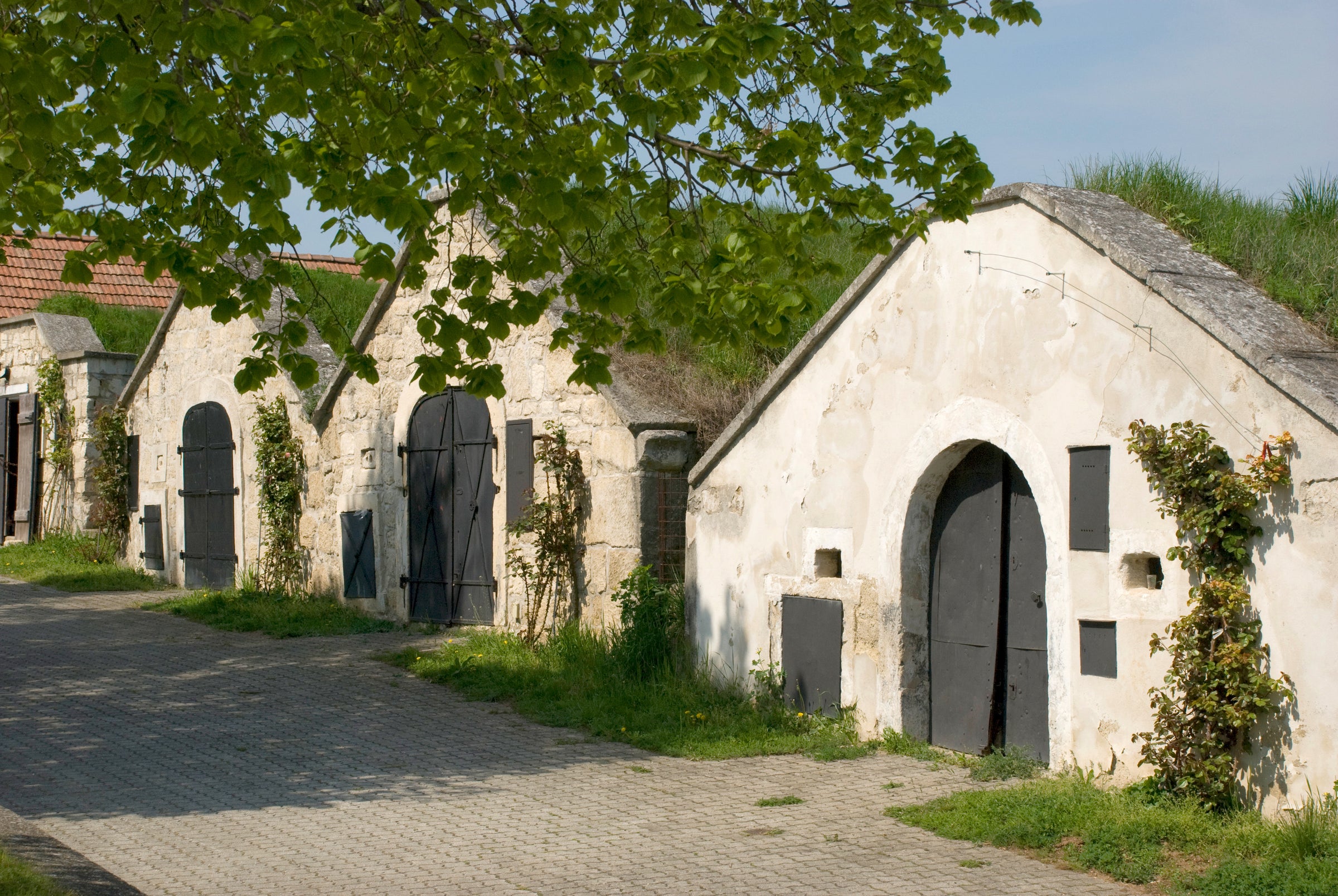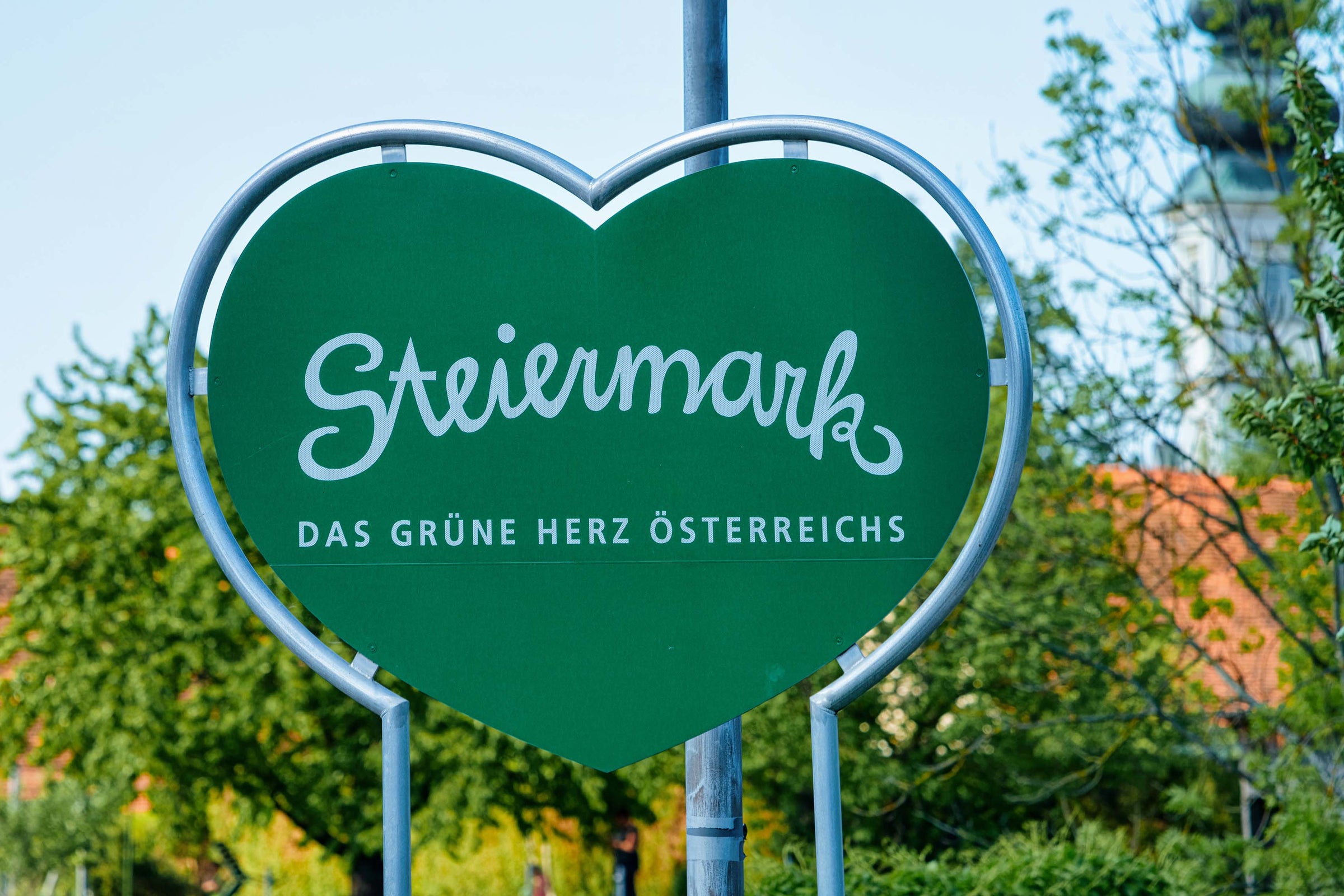Six, count ‘em, six grapes have been infused into today’s wildly delicious Gemischter Satz, a co-planted, co-fermented, 100% biodynamic white blend that exploded off the value chart and greatly piqued our interest. However, its esoteric qualities and peculiarity weren’t the only reasons for our fascination: A proper Gemischter Satz, aka “mixed set” in German, not only adheres to ancient vine-growing practices but also upholds the farming methods of that time, namely, no synthetics—just dedicated manual labor and respect for biodiversity. In that same vein, you don’t have to be a firm believer in biodynamics, but I think it’s impossible to argue against the added layers of freshness, allure, and supernatural energy swirling about each glass of Zahel’s 2018 Gemischter Satz.
So, if you want to taste the charm of a historic city (the vineyard is in the heart of Vienna) and the absolute purity that comes from naturally farmed, superbly crafted Austrian wine—Grüner, Riesling, and Chardonnay lead the charge in this wild blend—then you simply have nothing to lose here, especially given the $25 price tag! Purchase a case of this stunningly affordable and immensely refreshing gem and I guarantee your summer will brighten.
Vienna is the only major European city with a significant stand of vineyards within its boundaries, which is why heurigen (local wine bars) have thrived here. Traditionally, a heuriger was a local tavern serving up authentic bites and unlabeled jugs of Gemischter Satz picked from family-owned vineyards planted to intermixed grape varieties—a.k.a. “field blends. Today, these watering holes remain a large part of Viennese culture. So, it’s no surprise that’s how Zahel got its start: In the beginning, they only produced wine from half of one hectare and ran a quaint four-table heuriger. It stayed this way for nearly 60 years, until 1989 when third-generation Richard Zahel took over. Today, he and his nephew, Alexander, run this small family enterprise that they’ve since grown to 10 hectares—along with a few more tables in their tavern. Upon Alexander’s arrival in 2005, he began a sustained push toward Demeter’s biodynamic certification, which was finally realized in the 2018 vintage.
Zahel’s 2018 Gemischter Satz hails from two of their own biodynamically farmed, co-planted 40+-year-old vineyards within the famed “Nussberg” growing zone. Like vine-growing in the old days, there are a variety of different grapes in each site, and they’re all chaotically interplanted. For today, that entails Grüner Veltliner, Riesling, Chardonnay, Pinot Gris, Pinot Blanc, Traminer, all of which are hand-harvested and vinified together. The winemaking is clean, simple, and precise: a brief cold maceration, gentle pressing, native-yeast fermentation, eight months of undisturbed lees aging in stainless steel. Also, for those wondering what the “Wiener” (pronounced ‘veena’) nomenclature stands for on the front label, it simply means “of Vienna” (Wien = Vienna).
To sit at a picnic table overlooking Vienna while drinking a wine like today’s (even if it’s your own backyard, looking at your neighbor’s house) is one of life’s great simple pleasures. For now, it seems like we’re stuck with the latter, but serving around 45 degrees on a hot day will be hard to top—its amazing freshness, supple texture, and palate-enlivening minerality will send you running for a second bottle. After just a few minutes in your glass, you can expect a multitude of aromas to waft out: mandarin orange, white pear, exotic white flowers, yellow apple, citrus blossoms, honeysuckle, green mango peel, crushed rocks, arugula, white pepper. The palate is zippy and zesty, offering mouth-wateringly piquant fruit and a stampede of crushed minerals before finishing dry and juicy. I’m salivating just thinking about it. In fact, I’m off to go open a bottle myself. Enjoy now and over the next 2-3 years. Cheers!


